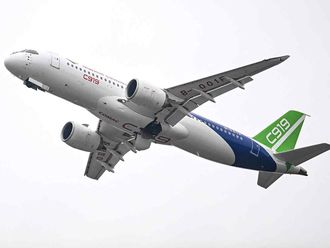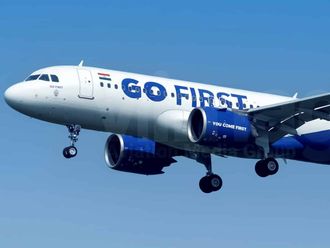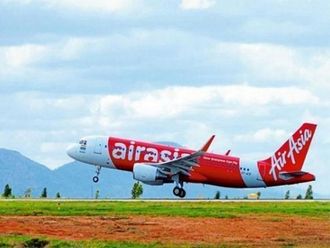
Abu Dhabi: As many as 2.56 million people travelled through Abu Dhabi International Airport in the first quarter of 2022, the operator said on Wednesday, a 218 per cent jump compared to the year-ago period, which saw 0.81 million visitors.
The airport recorded 22,689 flights during the period compared to 16,351 in 2021, a growth of 38.8 per cent.
“The first quarter continued to build on the momentum we saw in Q4 2021 as travel restrictions eased further, markets re-opened and airlines deployed capacity to accommodate the resulting surge in demand,” said Shareef Hashim Al Hashmi, CEO of Abu Dhabi Airports.
“There is no doubt that developments such as the relaxation of travel restrictions to and from India, the re-opening of Australia and Singapore and the removal of mandatory PCR testing for passengers travelling to Abu Dhabi provided further lift.”
Load factors have also doubled, with the average passenger load factor reaching 70 per cent during the first quarter, compared to 35 per cent in the year-ago period.
The airport now offers flights to 99 destinations on 26 airlines compared to 81 destinations on 18 carriers during Q1 2021.
The airport has seen greater traffic partly because of the expansion of operations by home carriers Etihad Airways, Wizz Air Abu Dhabi and Air Arabia Abu Dhabi, the launch of 10 new routes as well as the introduction of new carriers Go First and Pegasus Airlines.
The top five countries in terms of passenger volumes during the period were India (515,927), Pakistan (253,874), the UK (170,620), Saudi Arabia (137,582) and Egypt (127,009).
The busiest destinations served during Q1 were London (123,055 passengers), Delhi (103,472), Islamabad (101,476), Kochi (90,022) and Dhaka (89,272).
The airport also handled 144,114 tonnes of air freight during the first quarter, a decline of 15.7 per cent compared to the 170,876 tonnes handled during the same period last year primarily due to the redeployment of cargo capacity to support passenger operations.












